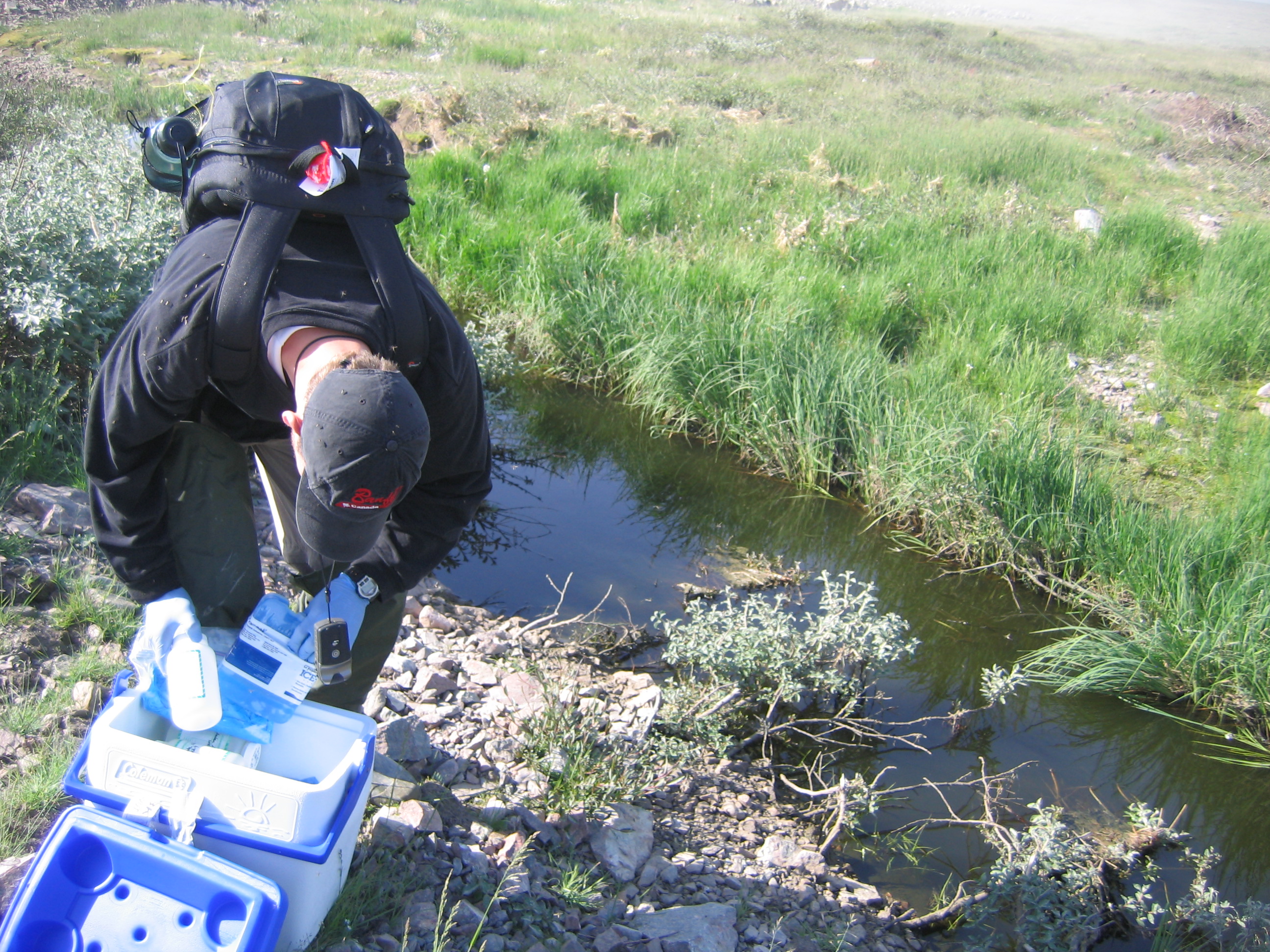The treatment of municipal wastewaters in small northern communities across Canada can be challenging because of harsh climatic conditions, difficult logistical and operational circumstances, competing demands on limited financial resources, and challenges associated with staffing treatment plants in remote communities. These communities are reliant on lagoon systems as a primary method for wastewater treatment.
Lagoon systems (also known as waste stabilization ponds) are relatively inexpensive to build, operate, and maintain, making them one of the most feasible treatment systems employed in the North. Despite their benefits, lagoon systems have their own set of cold-climate challenges that can make it difficult for some municipalities to achieve the treatment guidelines outlined in the Canada-wide strategy for the management of municipal wastewater.
Cold climates suppress the rate of biological treatment processes, meaning that retention times are typically long and sludge accumulation is enhanced. Long retention times coupled with a decline in the lagoon’s holding capacity can mean that some operators must discharge their effluent before treatment targets are reached.
Revisiting an old idea
In recent years, there has been renewed interest in assessing the efficacy of wetland treatment in small and remote northern municipalities. Investigations by the Centre for Alternative Wastewater Treatment (CAWT) at Fleming College and by researchers from Dalhousie University have confirmed that wetlands can provide augmentative treatment for lagoon effluents. In some communities in Nunavut and the Northwest Territories, this treatment occurs naturally as lagoon effluents are released—either intentionally decanted or exfiltrated—into low areas containing native vegetation.

Studies of northern treatment wetlands by the CAWT have demonstrated that, during the summer months, natural tundra wetlands can provide augmentative treatment that further reduces common wastewater parameters (cBOD5, TSS, total ammonia nitrogen, and others) to levels compliant to the standards in the Wastewater Systems Effluent Regulations under The Fisheries Act. Treatment provided by these natural tundra wetlands, however, occurs only during the summer, especially in wetlands situated on permafrost that typically freeze solid. This means effluent must be stored in lagoons until the spring thaw. In Southern Canada, wetlands can be used year round under the right conditions and operating regimes.
A decentralized approach
Currently, the Northwest Territories, Nunavut, and parts of northern Quebec and Newfoundland and Labrador are exempt from these regulations (recognizing the challenges encountered under these harsh climatic conditions and the need to develop guidelines and strategies specific to these regions). In recent years, the federal government has embraced a decentralized approach to water and wastewater systems in First Nations communities. A protocol was published in 2010 by Indian and Northern Affairs Canada (INAC) that “set minimum standards and codes that must be followed for the design, construction, operation, and maintenance of on-site water and wastewater systems that are to be funded in whole or in part by INAC.” Unfortunately, the protocol is silent on wetland systems, and most of the standards and codes in the protocol are incompatible with wetland systems.

In the Arctic, nearly all of the wetlands providing augmentative treatment are unmanaged systems that were either established in response to an influx of nutrients and water from the lagoon effluent, or were naturally present. Treatment efficiency is often dictated by soil type, vegetation cover, effluent loadings, and hydraulic retention times; all of which vary from community to community.
An evolution in understanding
Our understanding of treatment wetlands and the processes involved has increased greatly in the past two decades. We have a better understanding of the key factors influencing treatment efficiencies in both “natural” wetlands and constructed or engineered wetlands within cold climates. What has been serendipitously implemented in some northern communities can now be purposely applied in others. Our growing knowledge, together with wetland design tools such as the United Nations Environment Programme’s SubWet 2.0, can provide wastewater managers the information needed to determine if treatment wetlands in their respective communities have the potential to become part of the wastewater treatment strategy. Wetland treatment may not be suitable for all northern communities, but for those that have the space, proper soils, topography, and need, wetlands may present a viable, low-cost component of a wastewater treatment strategy.
More information regarding the use of treatment wetlands in Canada’s North can be found at cawt.ca/resources.
Gordon Balch is a scientist with the Centre for Alternative Wastewater Treatment (CAWT) and a professor with the School of Environmental & Natural Resource Sciences at Fleming College. Brent Wootton is the director of applied research at Fleming College and the senior scientist with CAWT.









